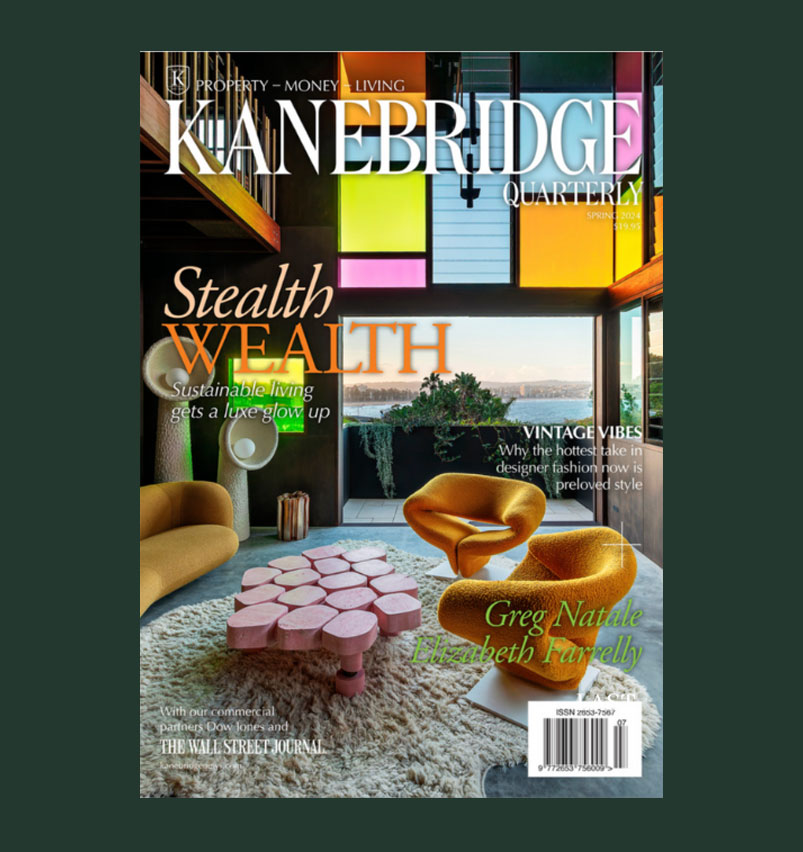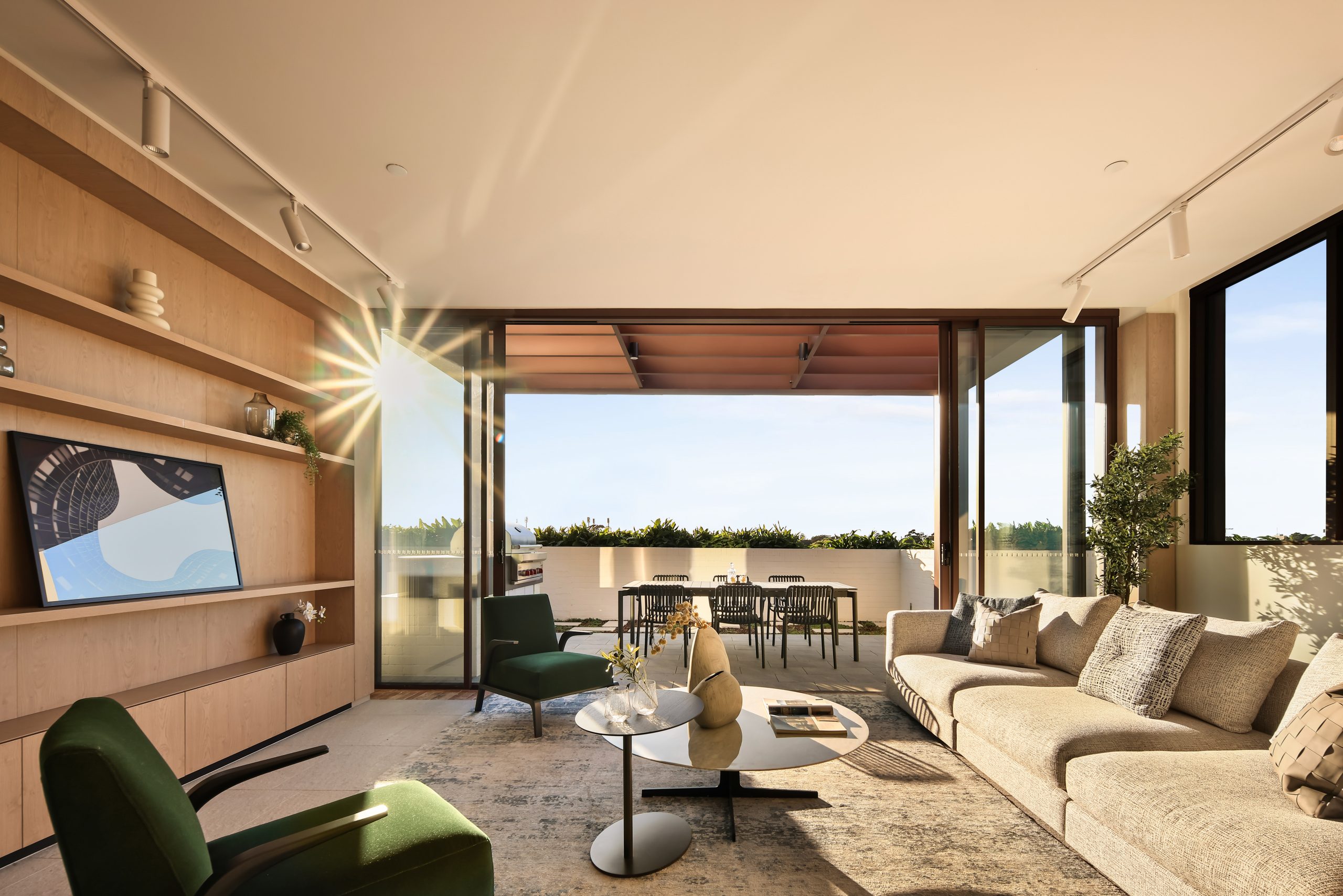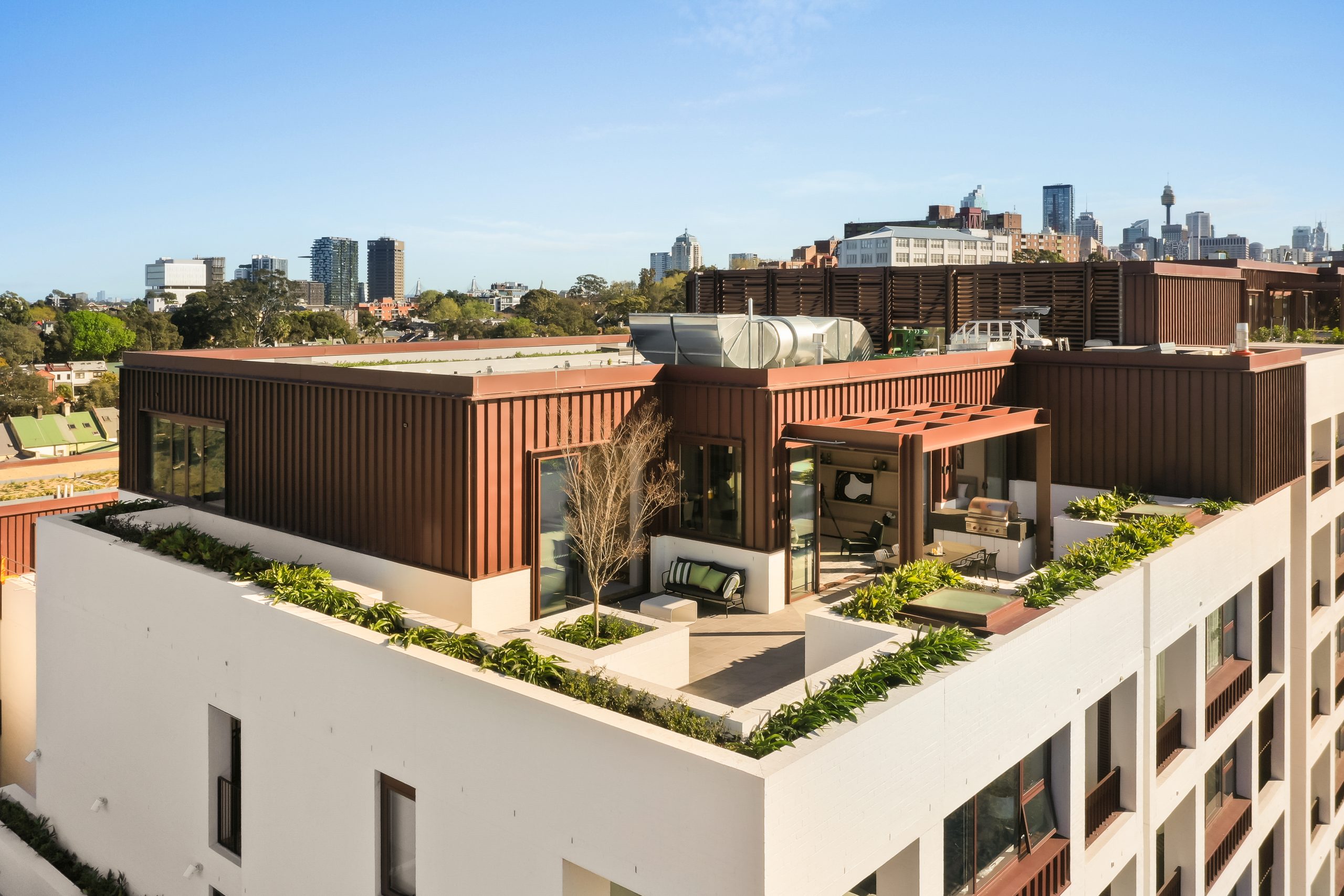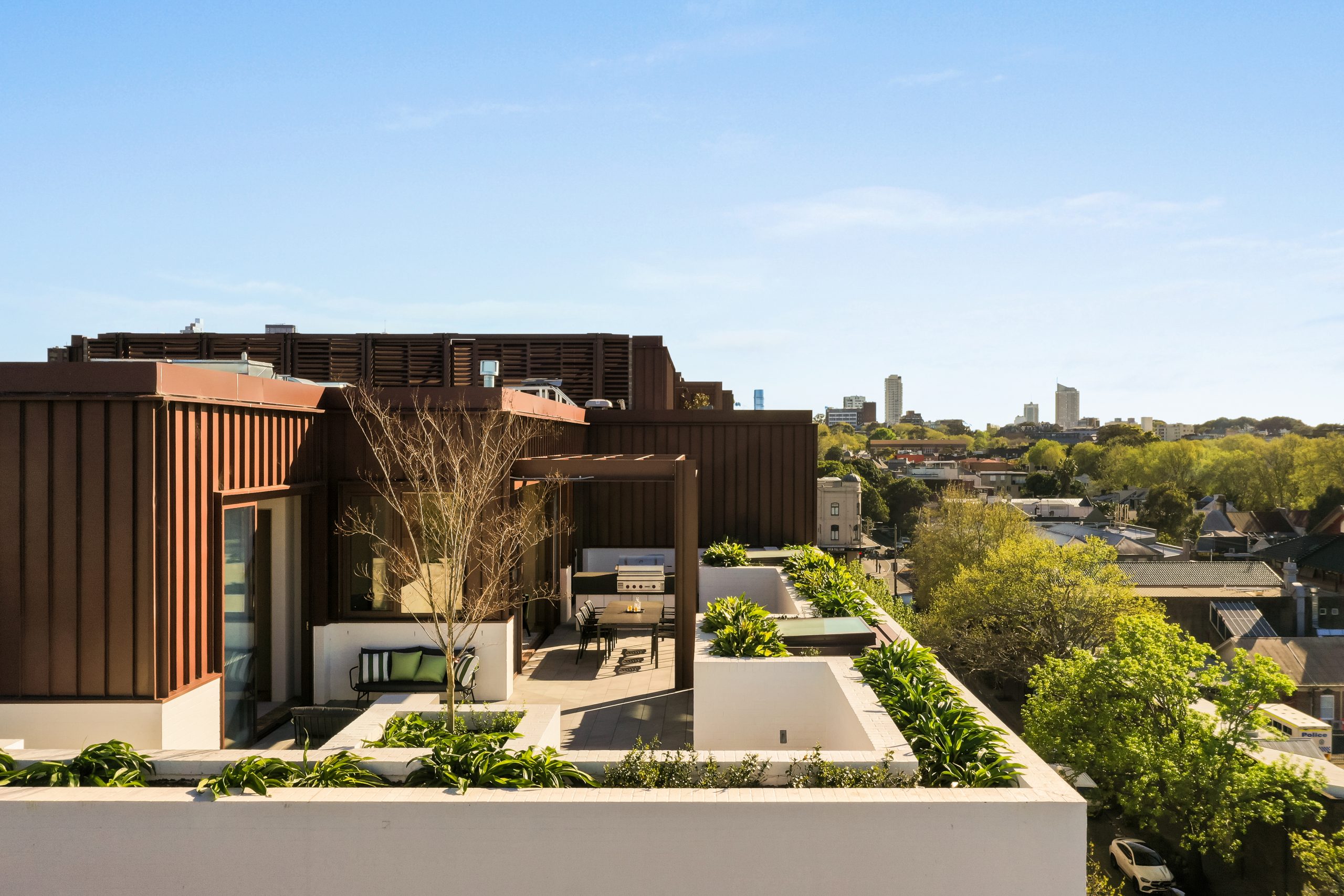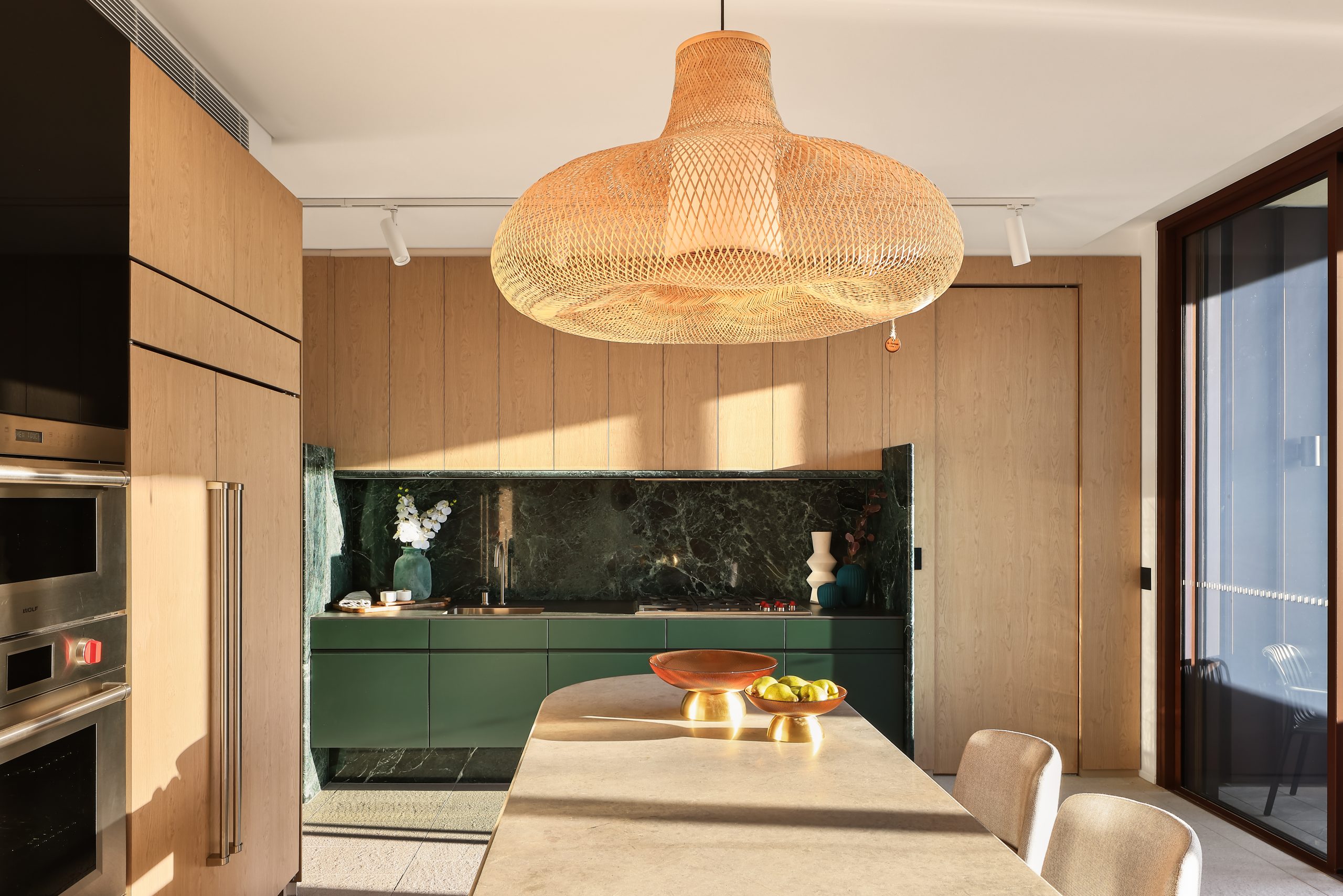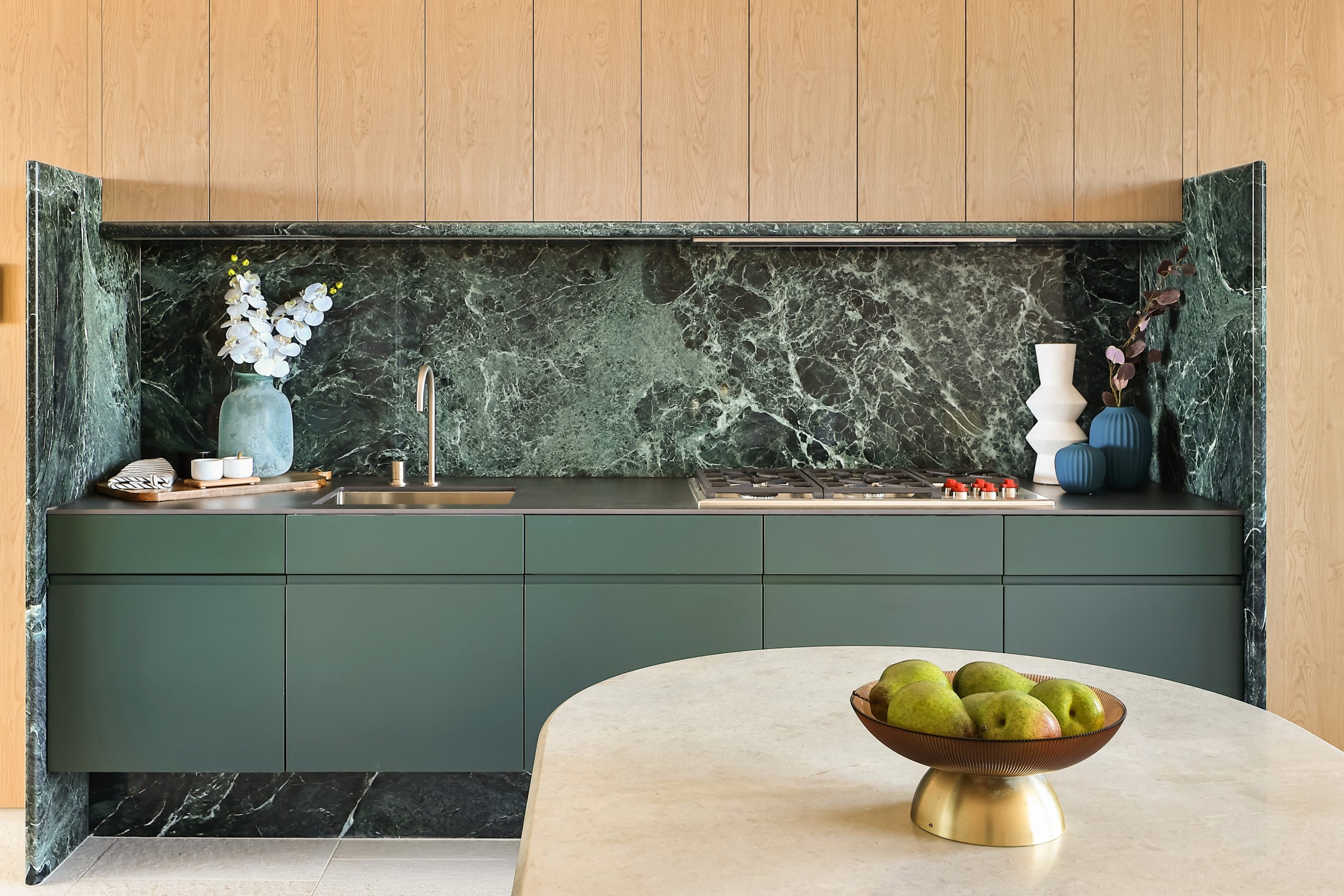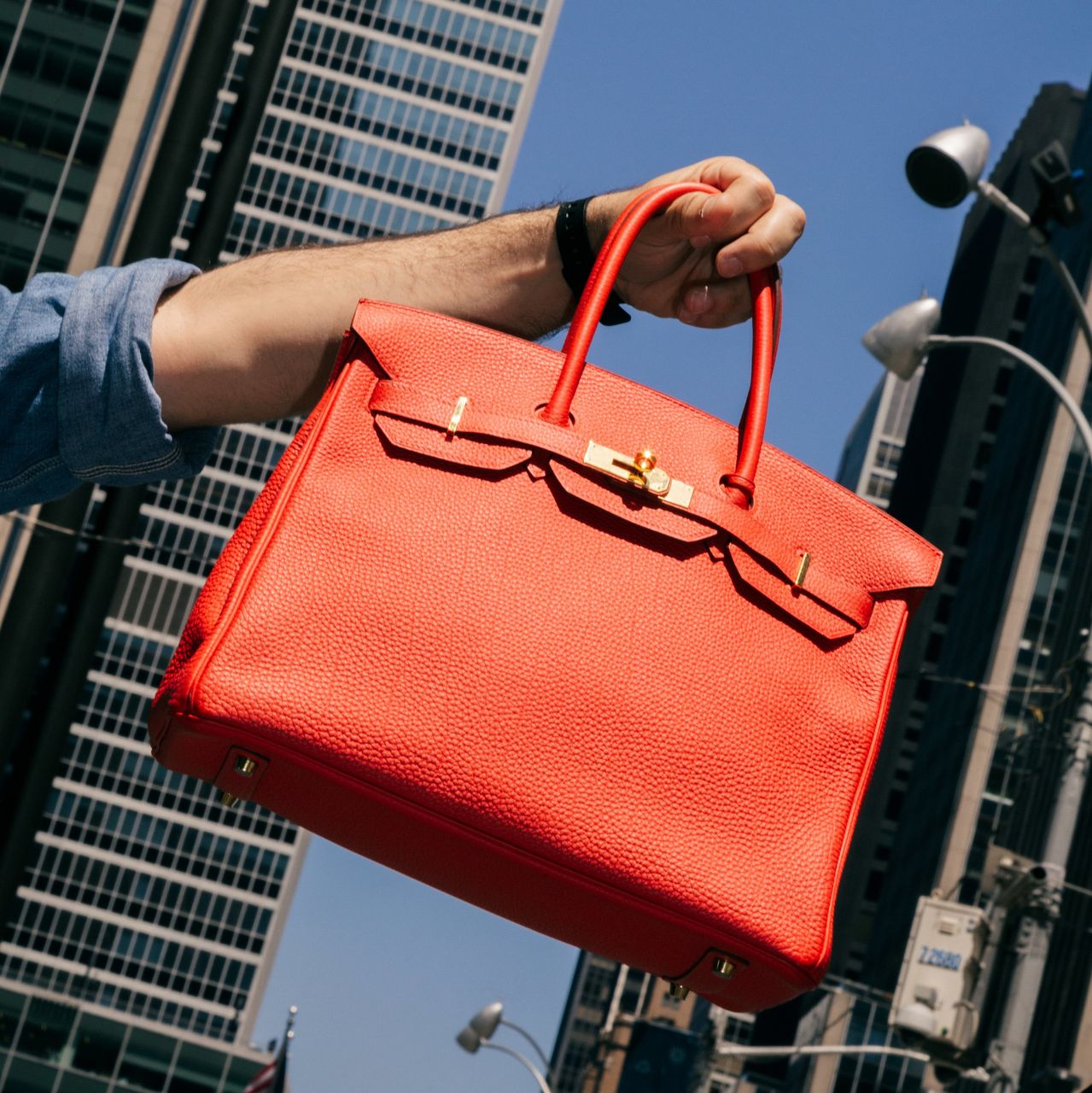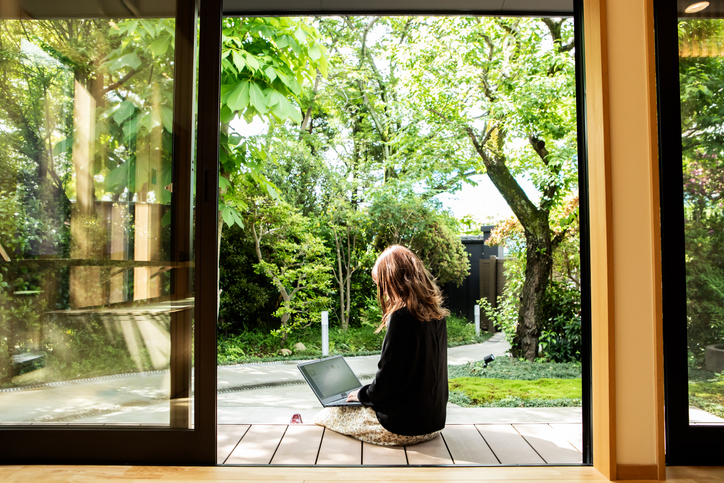Home Buyers Get Ahead of Supply-Chain Issues by Purchasing the House and Everything Inside
One couple in California paid $30,000 for all of the seller’s furniture so they wouldn’t have to ‘sit in an empty house’
Last year, Gerardo and Rita Luna upgraded from their roughly 2,700-square-foot home in Oxnard, Calif., to a much larger house in nearby Santa Paula, paying $2.4 million. The couple, who own four automotive repair facilities, said they had been looking for a quieter place, where they wouldn’t be able to “shake their neighbors’ hands through the window,” Mr. Luna said. The Santa Paula estate, on 6 acres, fit the bill perfectly.
The only problem: how could they possibly furnish such a large property? They didn’t have nearly enough furniture to fill the nearly 7,000-square-foot house, and what they did have didn’t fit the French Country style of their new home. Plus, they knew that global supply-chain issues would likely make buying new furniture difficult and time-consuming. Instead, Mr. Luna proposed an unusual solution: They offered to buy all of the seller’s furniture, although the heavy draperies and plaid upholstery didn’t exactly fit their taste.
“We knew that it would take us perhaps years to fill the house with furniture,” said Mr. Luna, 45. “So, even though it didn’t totally fit our vibe, we felt it made sense. We didn’t want to sit in an empty house.”
The seller was downsizing to a new home nearby and agreed to sell her furniture to the Lunas for about $30,000, “pennies on the dollar,” compared with the original prices, said the Lunas’ real-estate agent, Victoria Adam of LIV Sotheby’s International Realty.
It’s a good thing she did. A new dining table the Lunas ordered for the house took six months to arrive, while a new sofa took three. “In the meantime, we had a sofa to sit on,” Mr. Luna said.
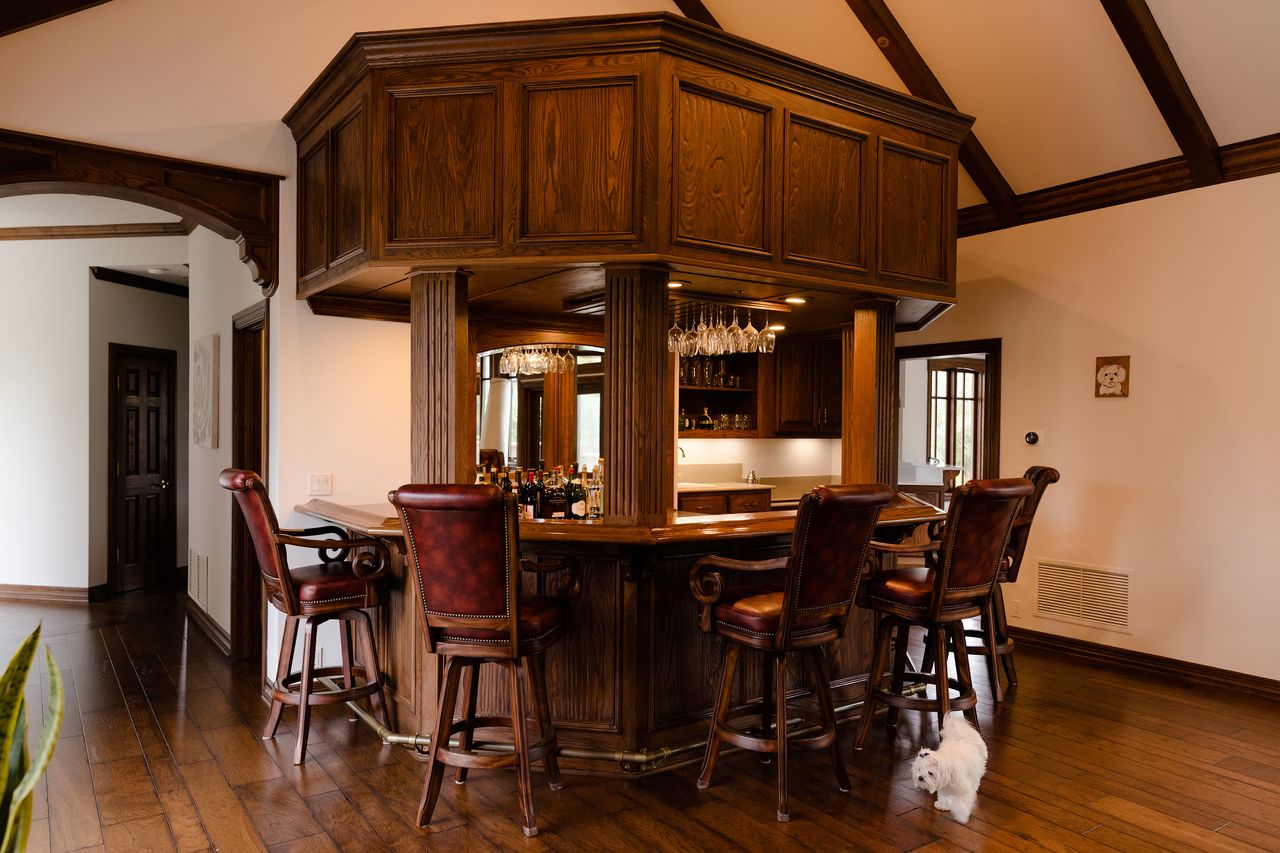
In the past, it was common for properties in second-home or resort communities to be sold with the furniture included, but primary homes were traditionally delivered empty. Since the onset of the pandemic, however, more home buyers are making offers to purchase properties fully furnished, real-estate agents said. With supply-chain delays and other logistical issues leaving buyers waiting months or even years for their new furniture, agents said, purchasing the sellers’ furniture is much more appealing than it used to be.
Developer Rick Rosemarin said he encountered this desperation firsthand last year, when he was trying to sell a roughly $10 million estate he built in Greenwich, Conn. It turned out that one would-be buyer who toured the modern estate was just trolling for furniture. The buyer said the house wasn’t for him, but asked if he could purchase all the furniture for another home he was buying. “That was hysterical,” said Mr. Rosemarin, 37.
While Mr. Rosemarin wouldn’t part with the furniture—it took him close to a year to furnish the house with supply-chain delays—he said didn’t blame the man. “The time frame for some of these deliveries was a joke,” Mr. Rosemarin said. “To this day, we still have a table we ordered in 2021 that hasn’t been delivered.”
When he did sell the property in December 2022, the buyers—a family from overseas—wanted most of the furniture, and paid a premium for it, Mr. Rosemarin said, although he declined to say how much. “They initially wanted to order their own for a few rooms, but when they found out from their interior designer how long it would take, they ended up buying more from us.”
Buyers are also increasingly asking to purchase the rental furniture that many owners use to “stage” their homes for sale. Home-stager Robert Sablic of Quadra said his company recently furnished a four-bedroom apartment asking $45 million at Manhattan’s One57 condominium. “Shark Tank” star Robert Herjavec made an offer to buy the condo for $34.5 million, but only if the rental furniture was included.
Such instances used to be unusual, Mr. Sablic said, since high-end buyers often preferred to have all new furniture rather than used pieces that had been shifted from place to place by the staging company. They also present a challenge for stagers, who want to keep their clients happy but also have to quickly re-source and purchase new items for their own inventory, while dealing with supply-chain issues themselves.
Andrew Bowen, partner at ASH Staging, said as a result of the surge in demand, his company recently started renting staged furniture to buyers for a year, so that they could have a place to sit and sleep while waiting for their own items to arrive.
Other buyers, however, simply fall in love with the sellers’ furniture.
Last year, real-estate agent Joan Herlong made a deal to sell a house in suburban Simpsonville, S.C., for about $9 million, a record for the area. The only glitch: the buyers loved the sellers’ eclectic, colorful furniture, which wasn’t for sale. The sellers planned to take everything with them to a new home they were building in nearby Greenville.
Once the deal was in contract, the buyers convinced the sellers to part with their furniture, Ms. Herlong said. She said she doesn’t know how much they paid for the furniture, but believes it could have been a seven-figure sum. Thinking it might be fun to “order all new stuff,” the sellers moved out with only a few suitcases, she said, leaving nearly their whole lives behind.
“Sometimes people don’t want to just buy your house, they want to buy your whole lifestyle,” Ms. Herlong said. The sellers did, however, draw the line when the buyer wanted their pet cows, too. “I’m not a cattle broker,” Ms. Herlong quipped.
When New York City media executive Andy Plesser, 71, started hunting for a weekend home in Connecticut’s Litchfield County, he wasn’t planning on buying a fully furnished house. But when he saw the home of Eric and Liz Macaire, he fell for their furnishings.
Mr. Macaire, 60, a restaurateur, and Ms. Macaire, a 54-year-old interior designer, had curated the home with items such as a set of 1940s bowling benches, a yellow settee that once belonged to Ms. Macaire’s socialite aunt, and an antique dough maker from a Paris flea market. There was also a pair of 19th century English “half moon” tables, an antique gold-framed beveled mirror and a cubist painting above the fireplace. “They were things that couldn’t easily be replicated or replaced,” said Mr. Plesser. He bought the house in November 2022 for $1.25 million, and made an unsolicited offer to buy all the furniture.
The Macaires were amenable to selling everything but a few sentimental items for $17,000, said Lenore Mallett of William Pitt Sotheby’s International Realty, a real-estate agent who worked on the deal. They were downsizing anyway, Mr. Macaire said, and some of the pieces would have been challenging to move. “It’s a compliment that people want the pieces we chose,” Mr. Macaire said.
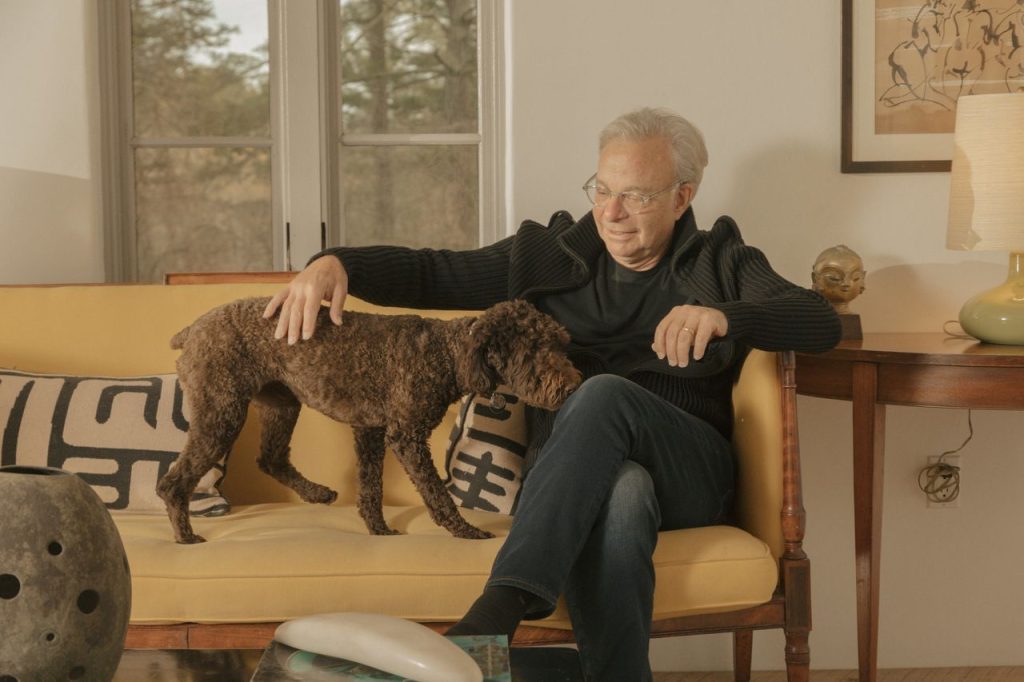
While he didn’t buy the furniture for convenience so much as admiration for the sellers’ tastes, Mr. Plesser said it was also nice to have the pieces in place immediately, rather than waiting for new furniture to be delivered.
Dallas real-estate agent Cindi Caudle of Briggs Freeman Sotheby’s International Realty sold a roughly $2 million, two-bedroom pied-à-terre last year at the HALL Arts Residences condominium. The buyer, from California, wanted all the staged furniture, including small details like the Hermès blankets and decorative bowls on the countertop. When the deal closed, Ms. Caudle said she removed what she thought were throwaway staging items, including plastic lemons from a wooden bowl; they hadn’t used real lemons to avoid them going bad. When the buyer arrived in his new home, however, he quickly called Ms. Caudle to ask that the lemons be returned.
“I thought I was doing him a favour, that he wouldn’t want those nasty things,” she said. Instead, “I felt like the lemon thief. The lemon thief who came in the middle of the night.”
Sometimes, disputes over furniture and other add-ons can threaten to derail a deal. Greenwich real-estate agent Amanda Miller of Houlihan Lawrence said she almost had a multimillion-dollar deal fall through over a dispute about outdoor furniture cushions. “It can be the couch that breaks the deal, sometimes,” she said. To avoid these kinds of snafus, agents recommend sealing the deal for a property first, then turning to negotiations over furniture.
“Sometimes, folks can get emotional and stuck over stupid things, like a bureau or something,” said Evelyn Tilney of Kienlen Lattmann Sotheby’s International Realty in New Jersey. “I like to keep them separate so that if the furniture falls through, it doesn’t jam up the whole deal.”
Agents said they also recommend a separate bill of sale for the furniture, since mortgage lenders don’t want to have to determine the value of the furniture for the purposes of financing.
Ms. Herlong said she once had an eccentric buyer make an offer contingent on the seller parting with his two dogs. The lender’s appraiser wanted to charge extra for researching the resale market for Jack Russell terriers.
 Copyright 2020, Dow Jones & Company, Inc. All Rights Reserved Worldwide. LEARN MORE
Copyright 2020, Dow Jones & Company, Inc. All Rights Reserved Worldwide. LEARN MORE
This stylish family home combines a classic palette and finishes with a flexible floorplan
Just 55 minutes from Sydney, make this your creative getaway located in the majestic Hawkesbury region.
A Sydney site with a questionable past is reborn as a luxe residential environment ideal for indulging in dining out
Long-term Sydney residents always had handful of not-so-glamourous nicknames for the building on the corner of Cleveland and Baptist Streets straddling Redfern and Surry Hills, but after a modern rebirth that’s all changed.
Once known as “Murder Mall” or “Methadone Mall”, the 1960s-built Surry Hills Shopping Centre was a magnet for colourful characters and questionable behaviour. Today, however, a $500 million facelift of the site — alongside a slow and steady gentrification of the two neighbouring suburbs — the prime corner property has been transformed into a luxury apartment complex Surry Hills Village by developer Toga Group.
The crowning feature of the 122-apartment project is the three-bedroom penthouse, fully completed and just released to market with a $7.5 million price guide.
Measuring 211sqm of internal space, with a 136sqm terrace complete with landscaping, the penthouse is the brand new brainchild of Surry Hills local Adam Haddow, director of architecture at award-winning firm SJB.
Victoria Judge, senior associate and co-interior design lead at SJB says Surry Hills Village sets a new residential benchmark for the southern end of Surry Hills.
“The residential offering is well-appointed, confident, luxe and bohemian. Smart enough to know what makes good living, and cool enough to hold its own amongst design-centric Surry Hills.”
Allan Vidor, managing director of Toga Group, adds that the penthouse is the quintessential jewel in the crown of Surry Hills Village.
“Bringing together a distinct design that draws on the beauty and vibrancy of Sydney; grand spaces and the finest finishes across a significant footprint, located only a stone’s throw away from the exciting cultural hub of Crown St and Surry Hills.”
Created to maximise views of the city skyline and parkland, the top floor apartment has a practical layout including a wide private lobby leading to the main living room, a sleek kitchen featuring Pietra Verde marble and a concealed butler’s pantry Sub-Zero Wolf appliances, full-height Aspen elm joinery panels hiding storage throughout, flamed Saville stone flooring, a powder room, and two car spaces with a personal EV.
All three bedrooms have large wardrobes and ensuites with bathrooms fittings such as freestanding baths, artisan penny tiles, emerald marble surfaces and brushed-nickel accents.
Additional features of the entertainer’s home include leather-bound joinery doors opening to a full wet bar with Sub-Zero wine fridge and Sub-Zero Wolf barbecue.
The Surry Hills Village precinct will open in stages until autumn next year and once complete, Wunderlich Lane will be home to a collection of 25 restaurants and bars plus wellness and boutique retail. The EVE Hotel Sydney will open later in 2024, offering guests an immersive experience in the precinct’s art, culture, and culinary offerings.
The Surry Hills Village penthouse on Baptist is now finished and ready to move into with marketing through Toga Group and inquiries to 1800 554 556.
This stylish family home combines a classic palette and finishes with a flexible floorplan
Just 55 minutes from Sydney, make this your creative getaway located in the majestic Hawkesbury region.



